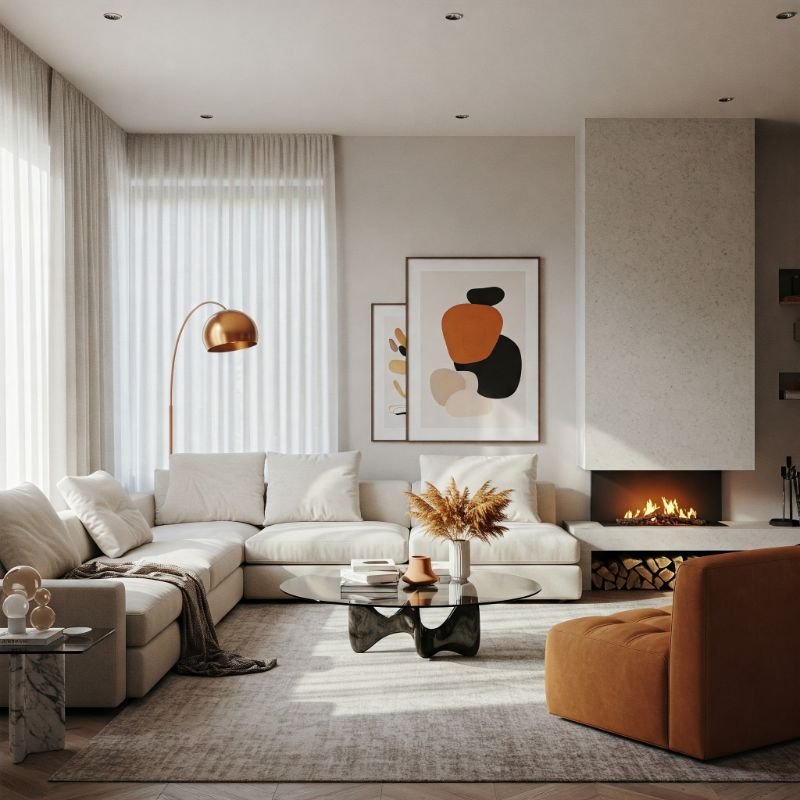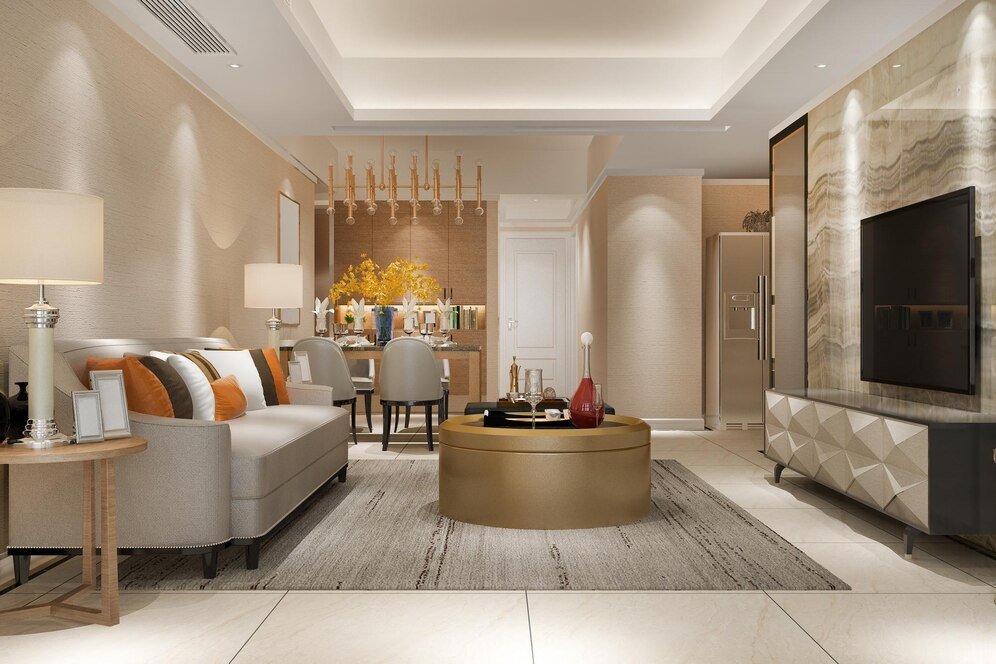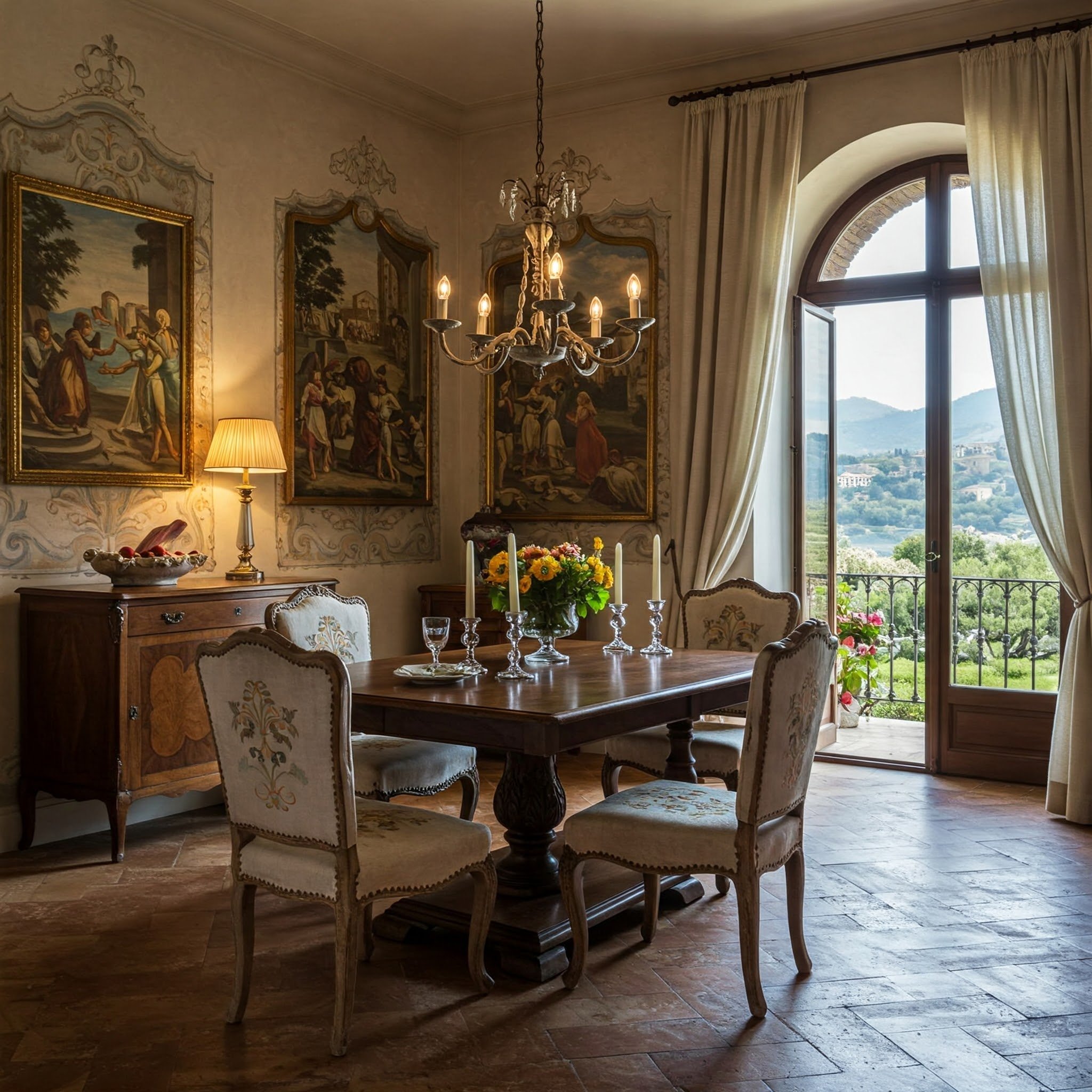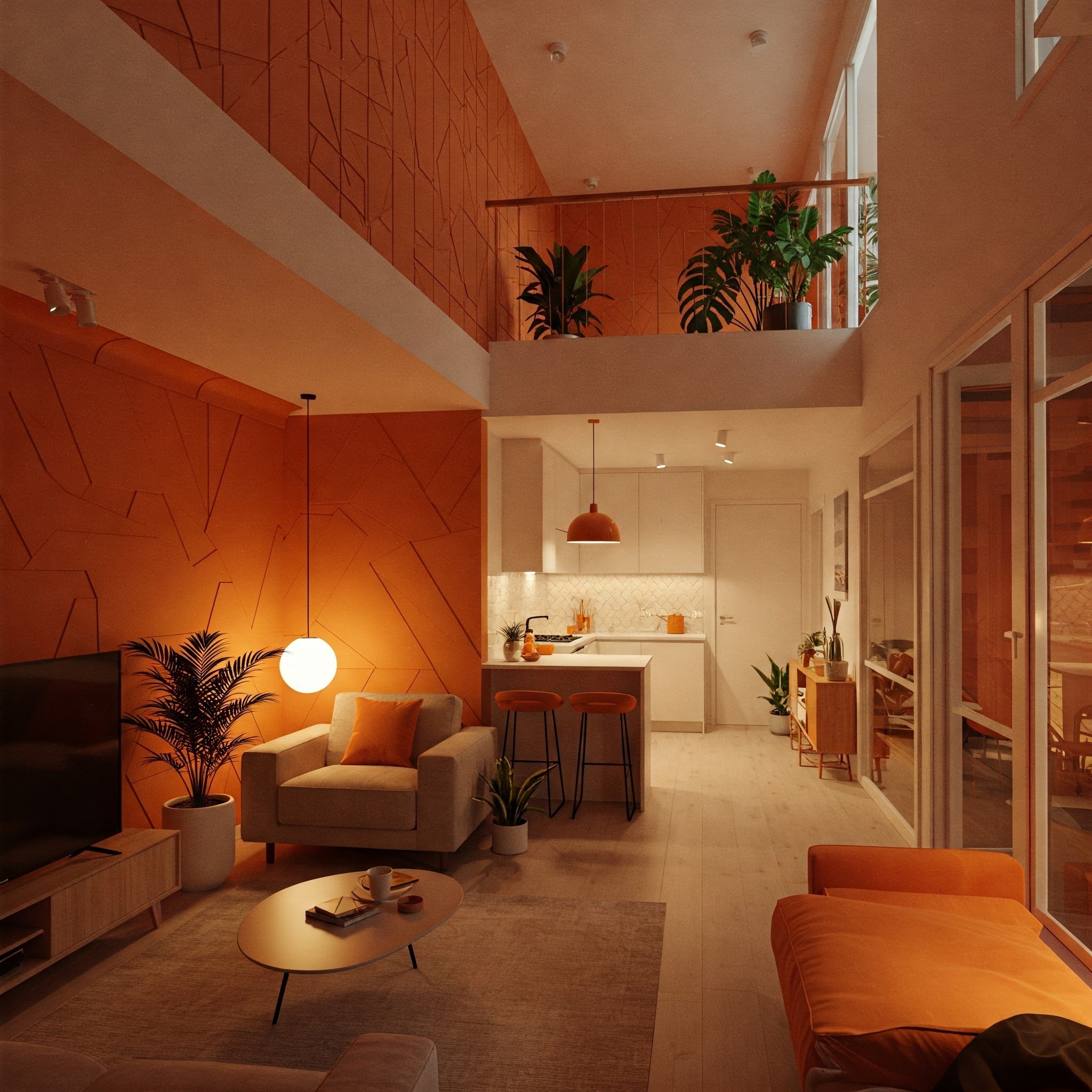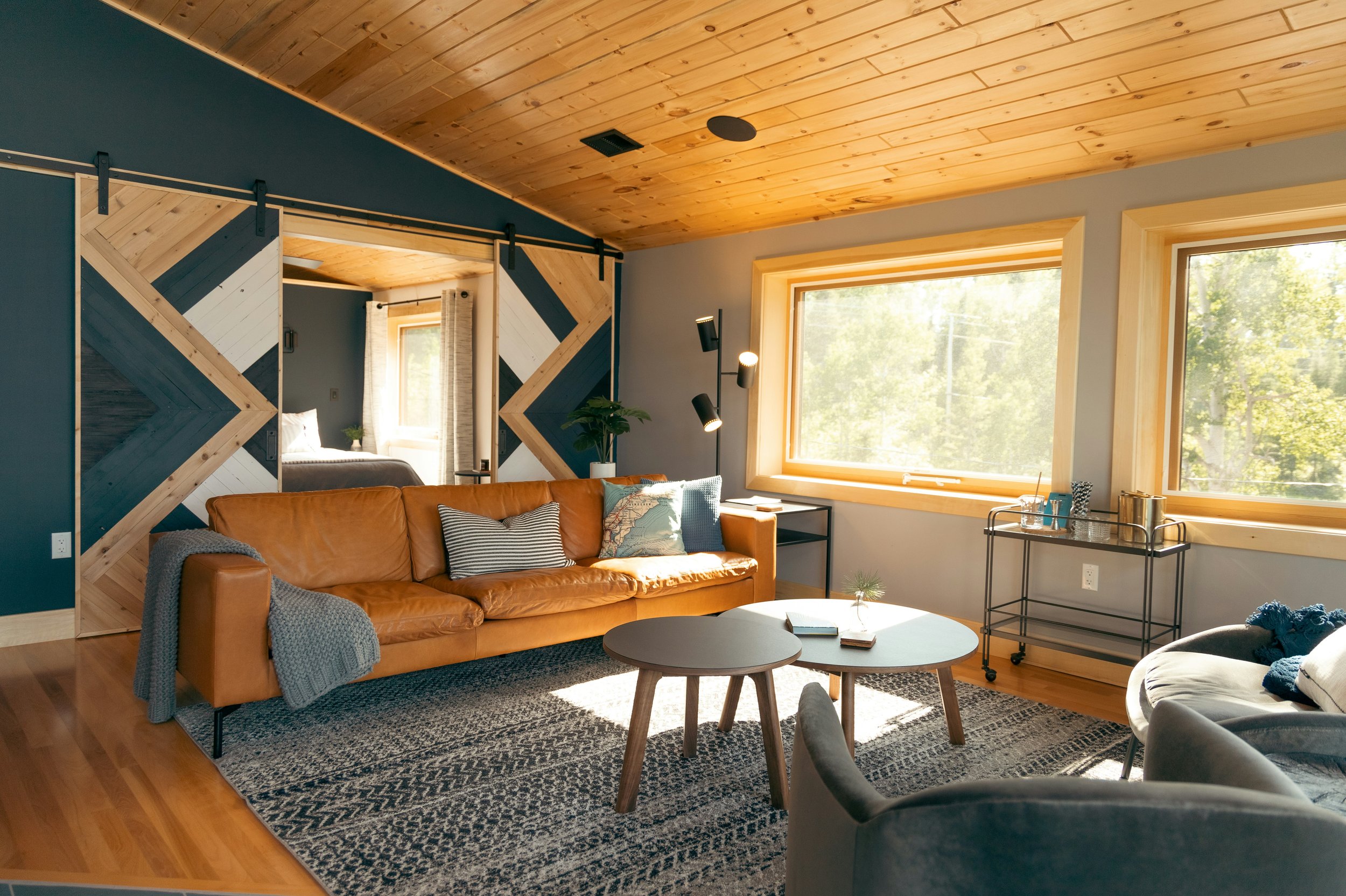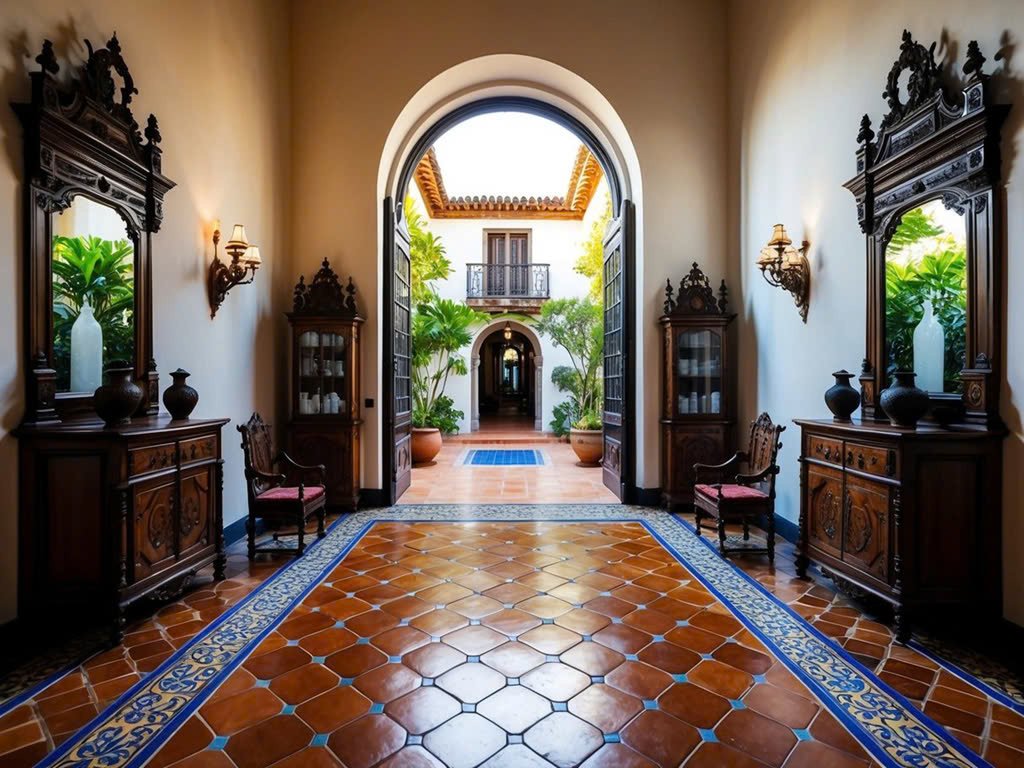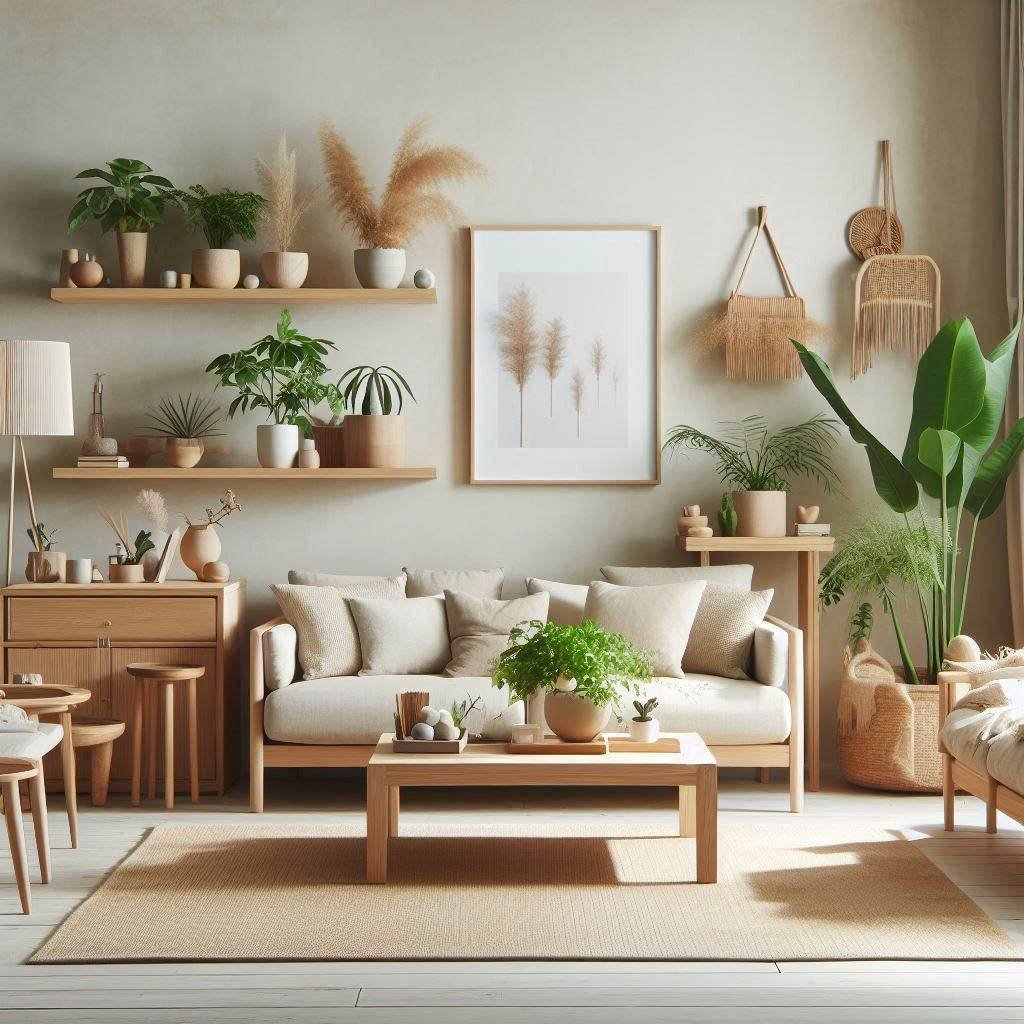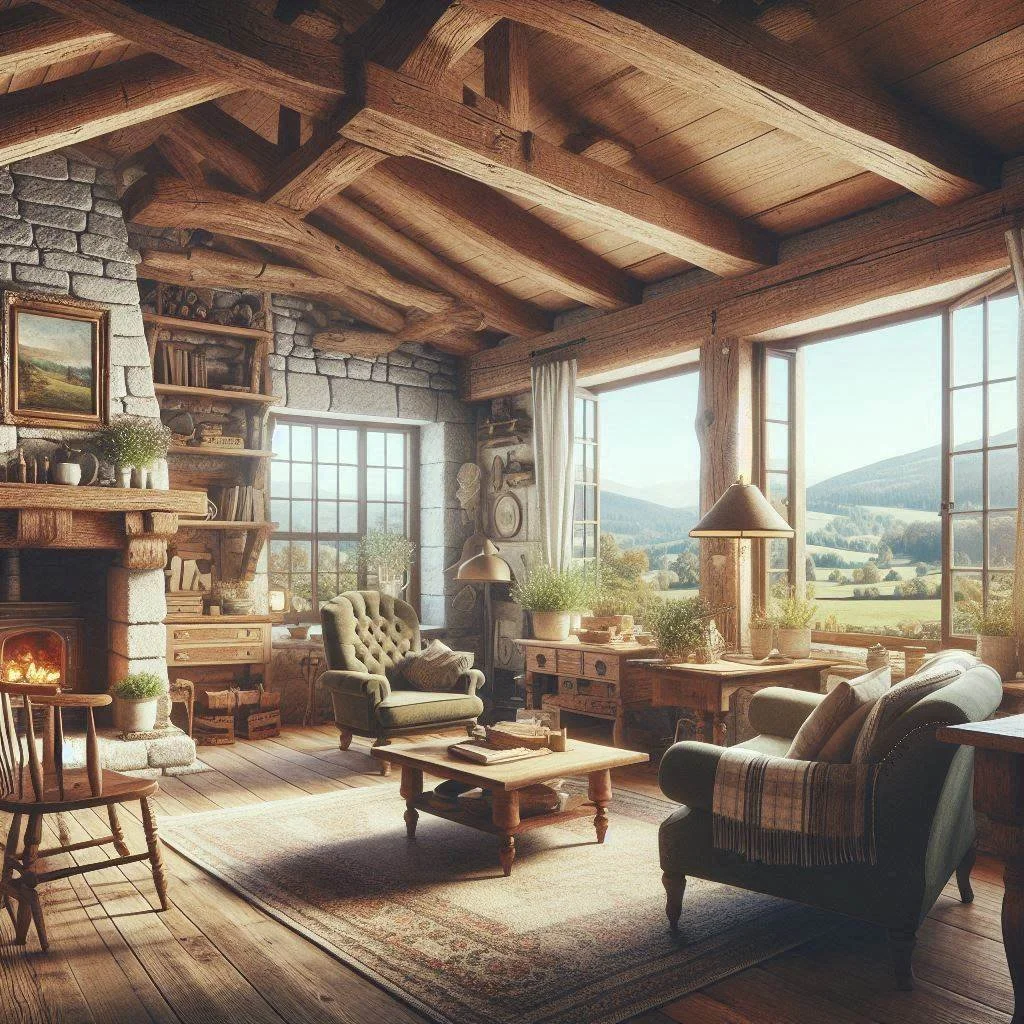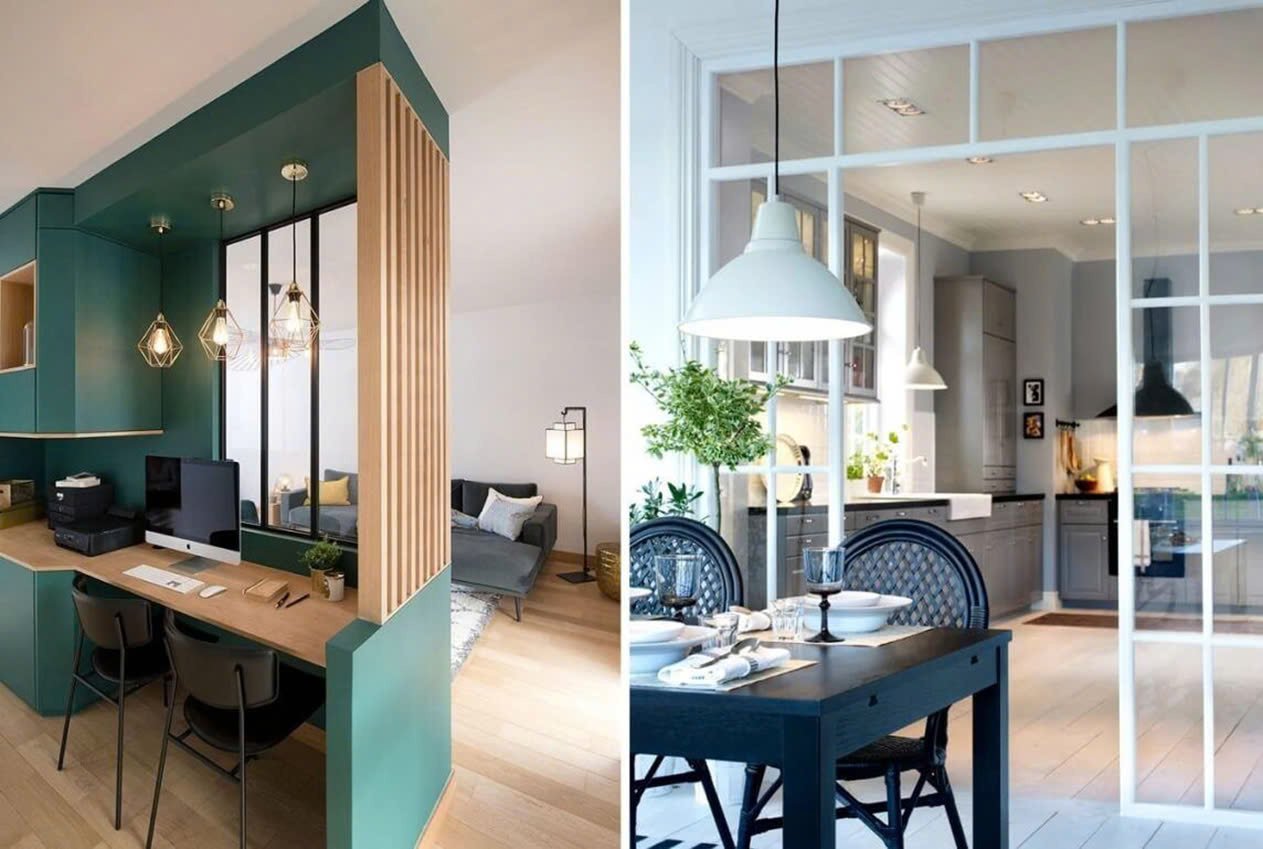How 3D Interior Animation Is Transforming the Design Process
Explore how 3D interior animation is revolutionizing design by offering realistic previews, improving communication, and streamlining decision-making.
The world of interior design has always been a blend of imagination and practicality. Designers need to convey ideas that are often complex, spatial, and deeply personal. Traditionally, this was done using sketches, mood boards, and static renders. While these tools still have their place, the rise of 3D interior animation is reshaping the way professionals and clients engage with the design process.
Incorporating 3d interior animation into design workflows allows for a more immersive and realistic exploration of concepts. Instead of relying on static images or conceptual descriptions, clients can experience a virtual walkthrough of a space before a piece of furniture is moved or a wall is painted. This not only enhances understanding but also reduces miscommunication and speeds up decision-making.
From Concept to Clarity
Bridging the Gap Between Vision and Reality
One of the biggest challenges in interior design is aligning the designer's vision with the client's expectations. 3D interior animation provides a shared visual language. It turns abstract ideas into tangible experiences. Clients can visualize proportions, lighting, textures, and movement within the space as if they were physically present.
This level of clarity empowers clients to give more accurate feedback, leading to fewer revisions and a smoother workflow. It also allows designers to spot potential issues early on, such as impractical layouts or aesthetic mismatches.
Moreover, 3D animations allow clients to explore "what-if" scenarios more freely. Want to see how the space would feel with darker walls or a different flooring material? This can now be done in seconds. This flexibility encourages experimentation and helps achieve a final design that truly fits the client’s personality and needs.
Enhancing Collaboration and Presentation
3D animations aren't just for client presentations. They also improve collaboration between architects, builders, and interior designers. When everyone sees the same animated walkthrough, there’s less room for interpretation and error. These visual tools make it easier to discuss technical details and coordinate implementation.
Designers can also use animations as part of a pitch or proposal to win over clients. A compelling animation can convey mood, style, and intent far better than a flat drawing ever could. It makes the vision feel real, which is invaluable in a competitive industry.
Additionally, animations can be used for marketing purposes, especially for real estate developers and hospitality designers. They offer a dynamic way to showcase interiors long before construction is complete, generating buzz and attracting potential buyers or guests.
The Technical Edge
Real-Time Revisions
Unlike traditional methods that require hours of rework for each small change, modern 3D tools support real-time editing. Designers can adjust materials, layouts, or lighting instantly and see the results immediately in the animation. This speeds up iterations and helps maintain momentum during the design process.
It also opens up new possibilities for interactive client sessions. Imagine sitting down with a client and tweaking details on the fly while they watch the space transform in real time. It’s not just efficient, it makes the client feel involved and invested in the outcome.
Data-Driven Design
Many 3D animation platforms can integrate data into the design process. This means designers can simulate how natural light will move through a space during different times of day or year. They can also evaluate energy efficiency or model how different materials will age over time. These insights make it easier to design not only aesthetically pleasing spaces but also functional and sustainable ones.
Data integration also supports compliance with building regulations and green certification standards. Being able to simulate performance metrics before breaking ground gives designers a serious edge when working on commercial or environmentally conscious projects.
Shifting Expectations in the Industry
Clients Expect More
As 3D animation becomes more widespread, clients are beginning to expect a higher level of visualization. This puts pressure on designers to upgrade their tools and skills. However, it also raises the bar for the industry as a whole, leading to better outcomes and more satisfied clients.
Clients are also more likely to approve designs quickly when they can fully understand what they’re agreeing to. This cuts down on delays, scope creep, and costly last-minute changes.
In sectors like luxury residential, hospitality, and retail, high-quality visualization has moved from being a bonus to a basic expectation. Designers who fail to meet this expectation risk being seen as outdated or unprofessional.
Designers Stay Ahead of Trends
For interior designers, adopting 3D animation is more than just a technological upgrade—it’s a strategic move. It shows that a designer is forward-thinking, tech-savvy, and committed to delivering a premium experience. It also helps them stay competitive in a field that is increasingly driven by innovation and visual storytelling.
Being able to present a complete narrative for a space, from layout and flow to ambiance and emotional impact, elevates the entire design conversation. It demonstrates not just creativity, but the ability to execute ideas in a highly effective, client-friendly way.
Looking Ahead: What's Next for 3D Animation?
As technology continues to evolve, we can expect even more sophisticated uses of 3D interior animation. Integration with virtual reality (VR) and augmented reality (AR) is already happening, allowing clients to explore spaces in a more immersive way than ever before. In the near future, AI-powered design tools could further streamline workflows, suggesting design improvements and optimizing layouts in real time.
These advancements won’t replace designers, but they will redefine what’s possible. The focus will shift from spending time explaining ideas to refining them collaboratively. This not only benefits client satisfaction but also empowers designers to push creative boundaries without logistical hesitation.
Conclusion: The Future Is Already Here
3D interior animation is no longer a novelty. It's becoming a standard in the design process, offering clear advantages in visualization, communication, and execution. It saves time, enhances creativity, and improves the client experience from the very first pitch to the final reveal.
By embracing this technology, designers are not only transforming their workflow but also reshaping the way we imagine and create interior spaces. The gap between concept and reality is closing fast, and 3D animation is the bridge.
To learn more about the creative potential of 3D visual technologies, visitVisEngine.
